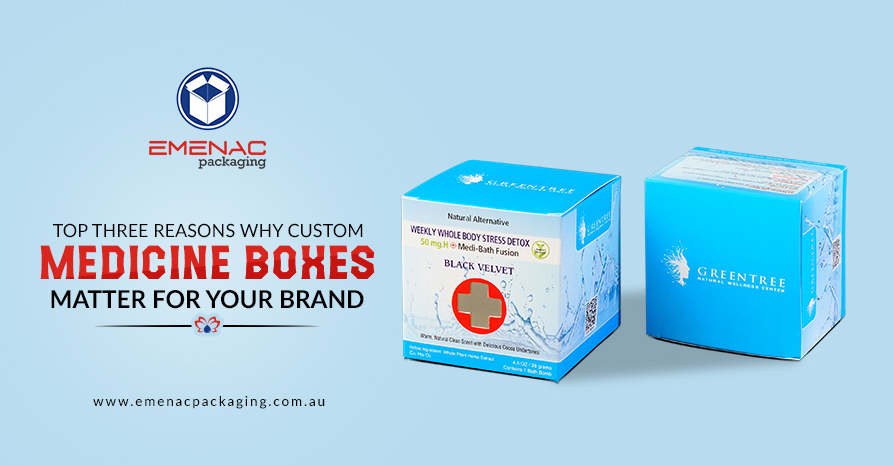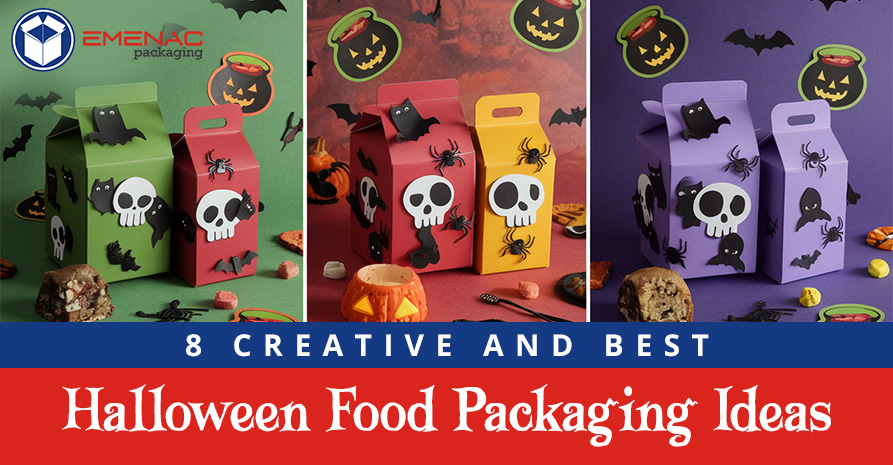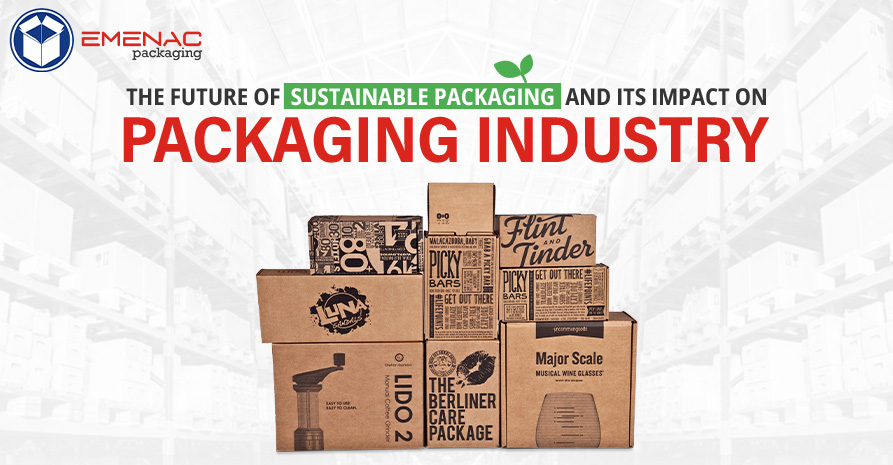What Makes a Packaging ‘Food Grade’?

Food safety regulations are strict since there are several health risks associated with improper food packaging. Food packaging suppliers have to follow stringent rules and regulations in order to be labeled ‘food grade’ on their selected packaging. Due to the direct contact of food packaging materials and items with the food, they need to be safe and suitable. The quality and health of the edibles can be compromised if the packaging is flawed or not made of the right material.
While choosing a packaging supplier for your food products, it is essential to know if the packaging being provided is food grade or not. This not only ensures the safety of your products but will also keep customers assured of your brand’s quality. Here is a list of things that make a packaging safe for food products:
Must be in Accordance with the Authorities:
Around the globe, there are dedicated food safety guidelines and standards that must be followed. They are helpful in letting the general public and retailers know which options are safe or unsafe when it comes to different aspects of the food industry. Similarly, there are guidelines for food-grade packaging that determine the eligibility of a packaging. A ‘food grade’ labeled packaging must be able to fulfill all the requirements that are set by the relevant authorities.
Can be Cleaned Efficiently and Thoroughly:
Surfaces that touch the food products, like containers and takeaway boxes and wrappers, etc., should allow clean up and, if necessary, sanitization without any problems. Such containers must not be damaged in any form, be it dents, cracks, or chips; any defect can allow bacteria and microbes to take refuge, survive the cleaning process, and undermine the food’s integrity. Some manufacturers even go as far as to make their food packaging reusable which can withstand the effects of washing chemicals and hot water etc. which can be used several times over. Containers like cardboard and wood baskets used for fruits and vegetables, must not be reused for open and ready for consumption edibles since these containers cannot be cleaned completely.
Suitable Materials Must Be Used for Manufacture:
There are several factors of the food that can affect the packaging. Food packaging must be resistant to the effects of oil and water etc. Since most food takeaways are hot, the packaging material must be heat resistant, otherwise, it can affect the taste and odor of the food inside. Edible dishes can have chemical properties too, for instance, some dishes can be acidic. Keep in mind every aspect of your products while choosing your packaging material.
Disposable Containers and Utensils:
Some items are intended for use only once and cannot be used more than that. Some might be repurposed as other useful items but cannot be used again for food. Such items are called single-use items and their intended manufacture is for a single use for food products.
Include Outer Packaging:
The outer packaging is added for an extra layer of security of the food. They are not in direct contact with the food products but they are good protection against pests and any external factors. Food products are the most vulnerable products when it comes to compromised integrity. Even the change in their temperature can affect the customer’s experience. Since the products are consumable and influential on the customer’s health, food packaging must be designed with utmost care and precaution.
Share This



